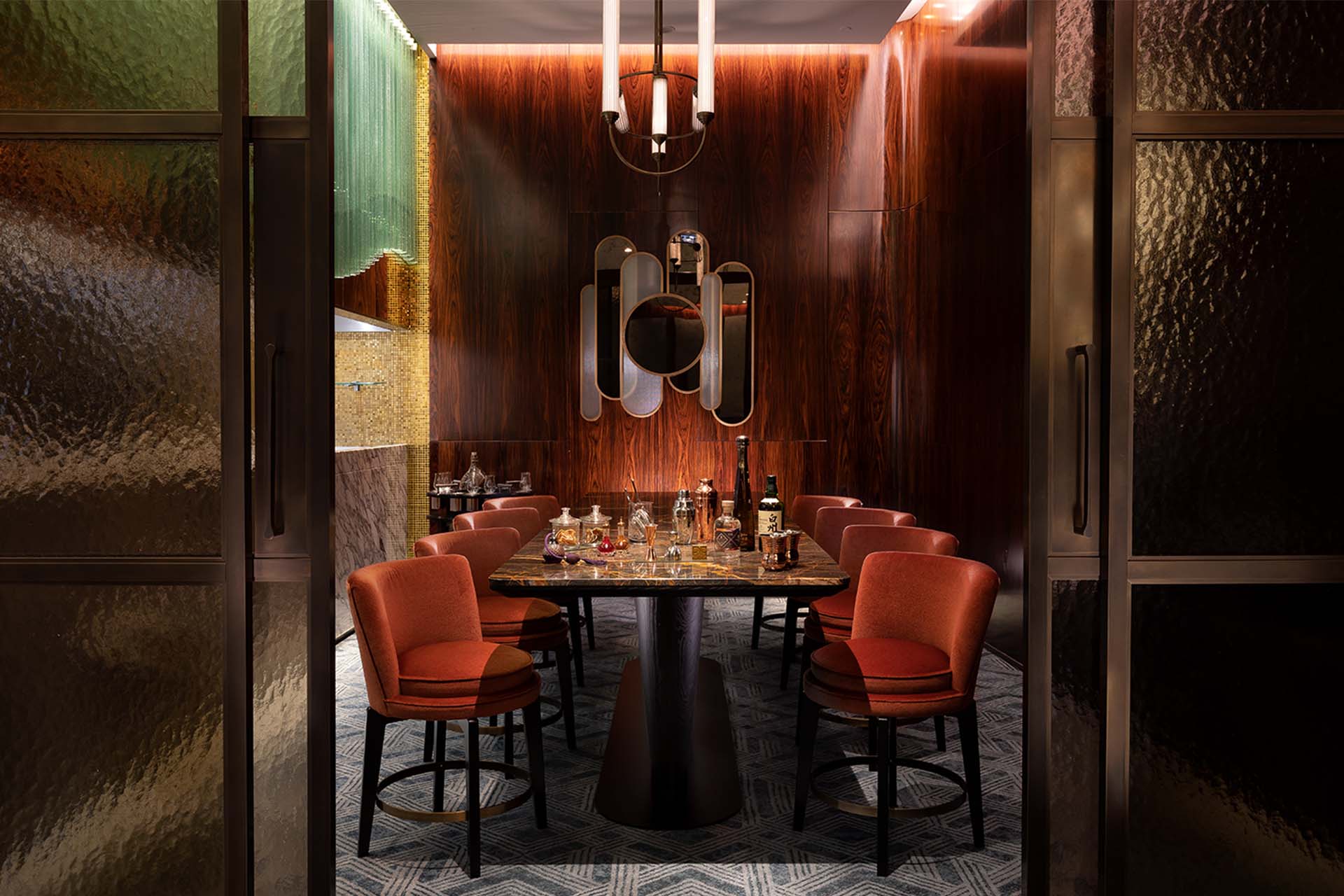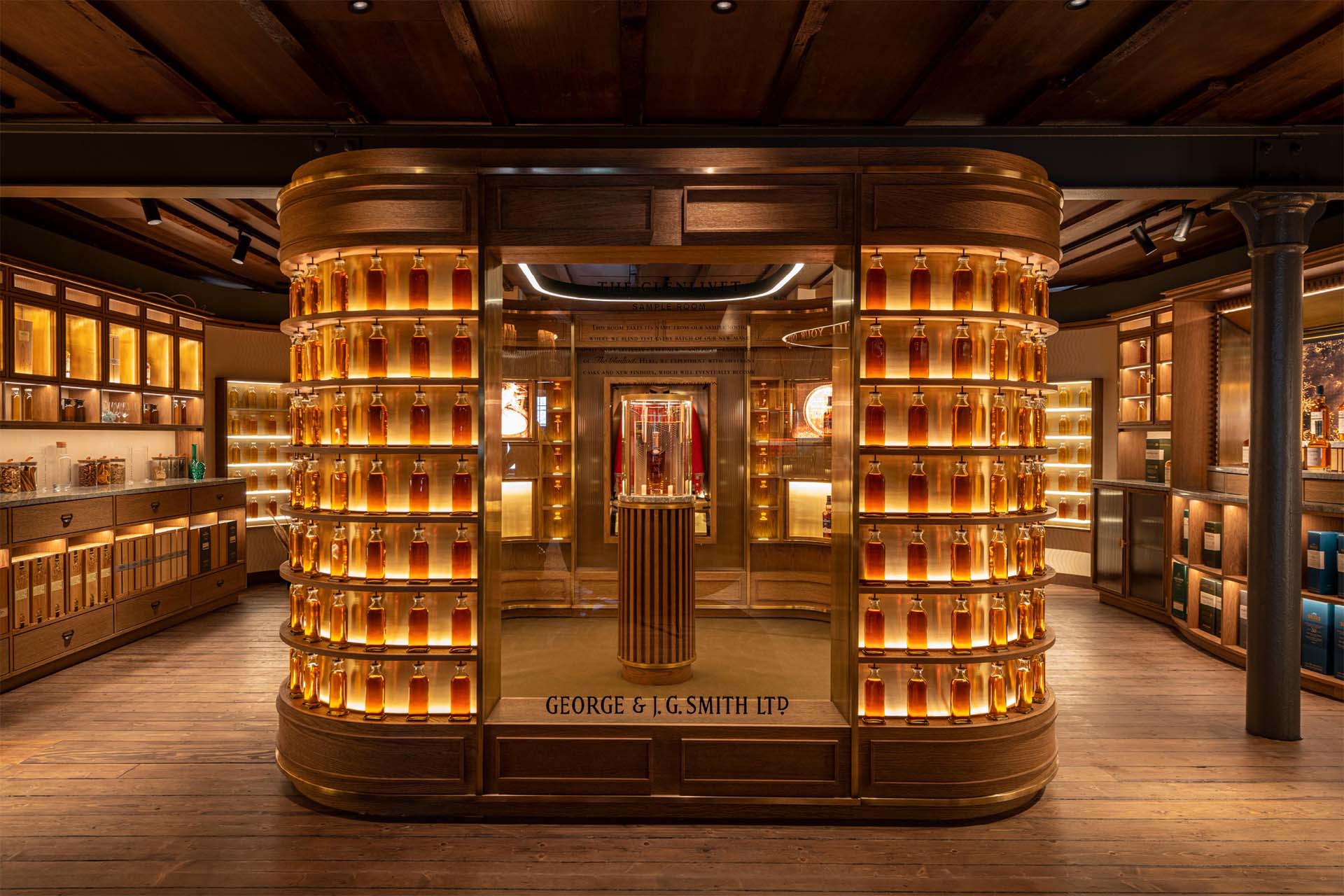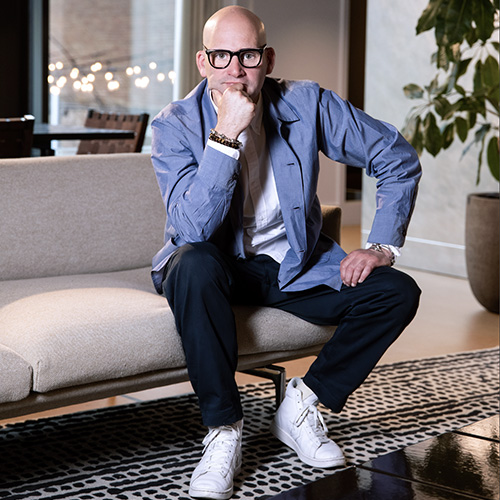

| CANVAS OF PLANS & DRAWINGS |
INTERIOR & DÉCOR, but with a twist |
| HOTELS & RESTAURANTS, beyond mainstream |
Notes on ART |
| Into big AFFAIRS | INSIDERS |
| GLIMPSES | |
Keywords:
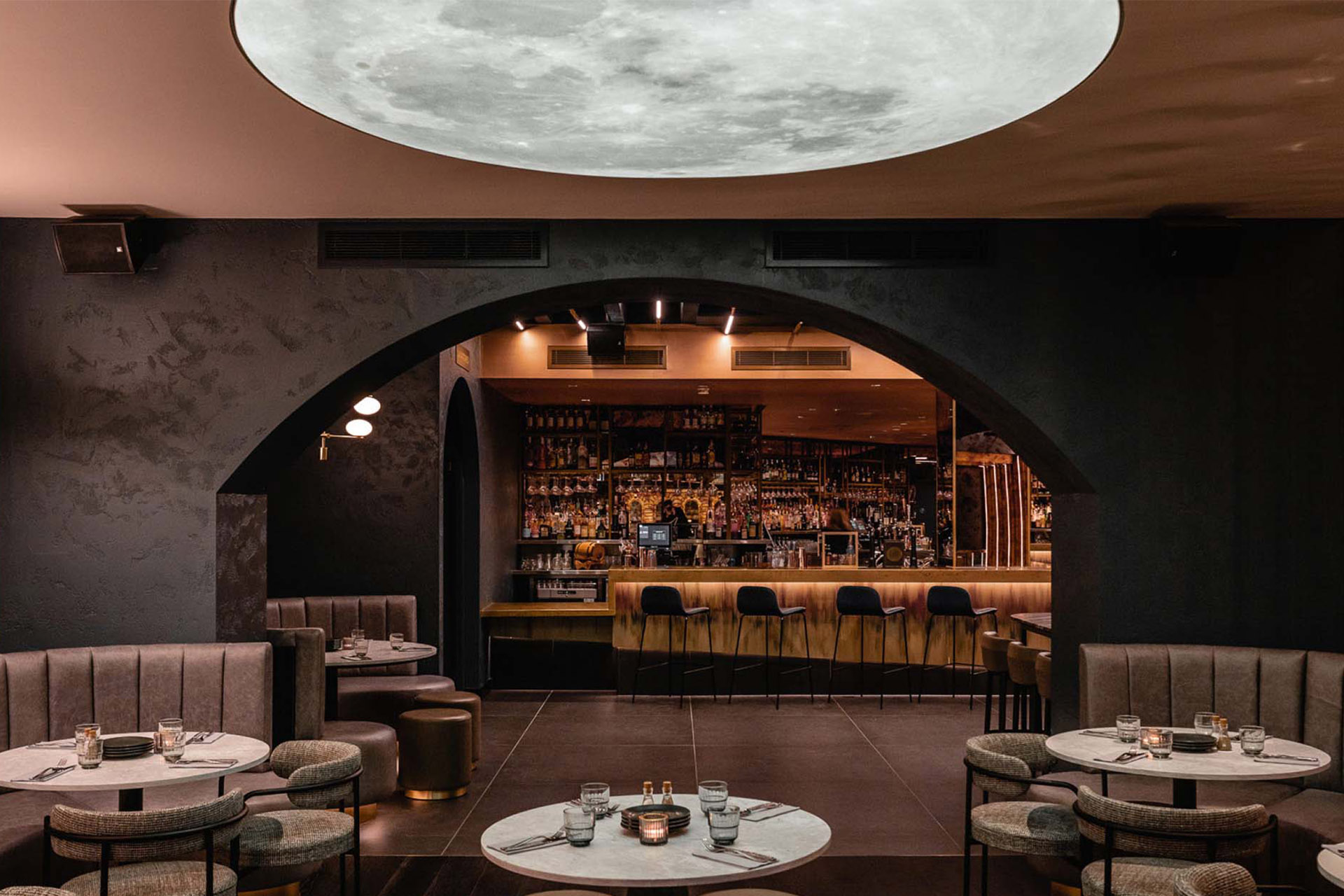
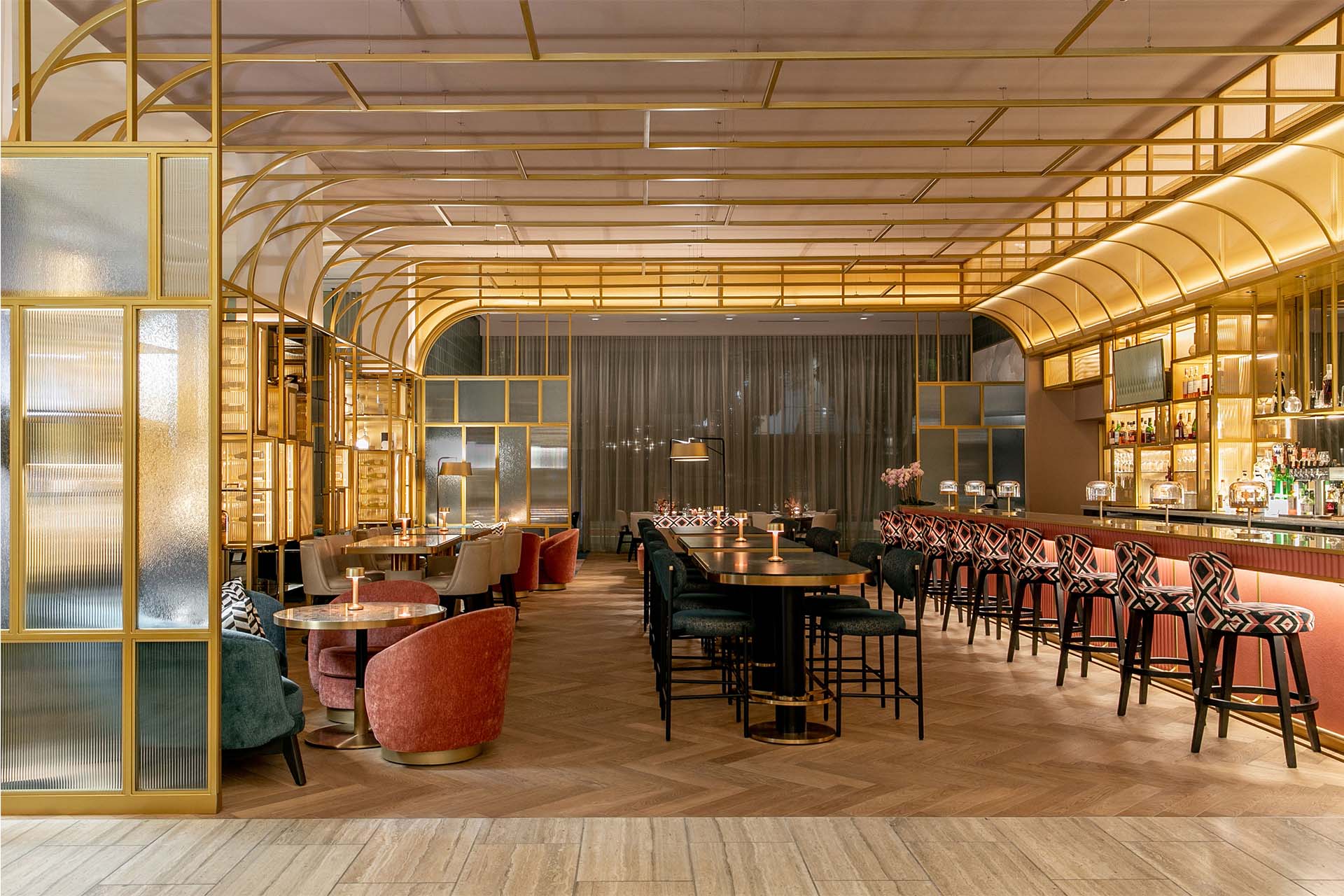
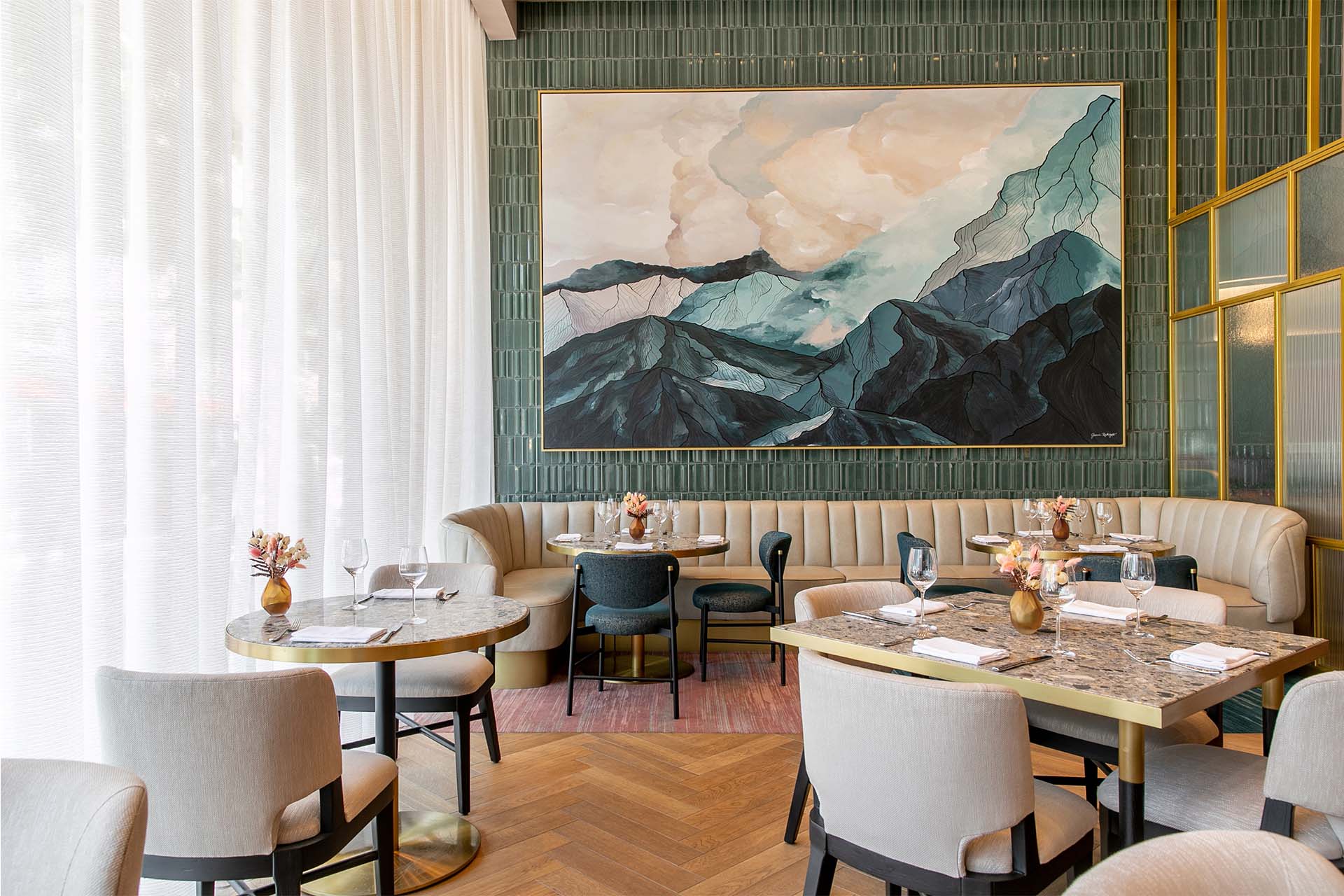
It is a good question to start with. A nice thought-provoking opening question. To give a little context, I graduated in 1996. Between this date and the year I opened my business in 2002, I started entering the world of design with my first job. I often think about the significant difference between when I started, and then when I set up the business and where I am now. In essence, you can identify three periods in my journey, summarized in two words: variety and pace. When I opened my business the first projects I worked on were nightclubs. Later, I started working at bars as well, and for some time these were the only categories on which my design could focus. Then, I was interested in the business of restaurants and I was told that I had only designed bars and nightclubs, so I could not know anything about restaurants. However, eventually, I started designing restaurants. At that point, the next step was the hotel world, which took me some time to get into its business.
At the time it was normal timing. Today, there is such a variety of brands and categories of hotels and restaurants, and everything runs at such a speed, that it is difficult to keep up with progress. Even the entire entertainment industry has seen a total revolution, and nightclubs have almost disappeared. With competitive socialization, new leisure-related activities not yet discussed in 2002 emerged. Therefore, I think the biggest difference between then and now is the rate of change: if twenty-five years ago it was moving at a pace of five or ten years, today it is less than two. I look around and I only see new things coming out.
Already at the end of 2023 there was thought of changes in the year ahead. What will happen in the high streets? What new brands will enter the hotel industry? What new concepts will shape it? It is not just small variations of something that already existed. I think the pace of change and its priorities is faster than it has ever been. This results in a more exciting experience on the one hand. On the other hand, it makes long-term predictions difficult. Having to adapt to movements that sometimes are lightning fast, brands and design studios have to become more and more flexible.
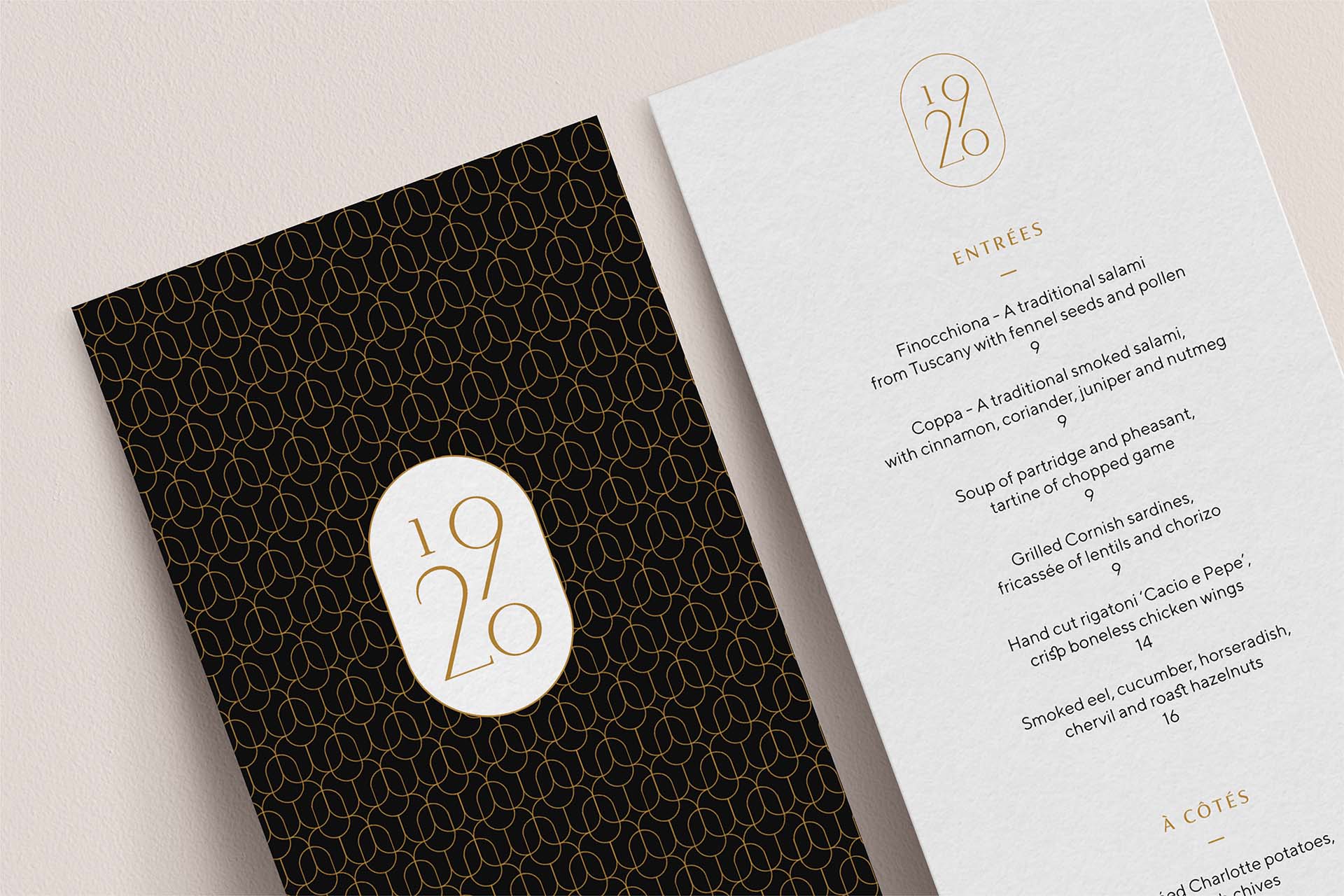
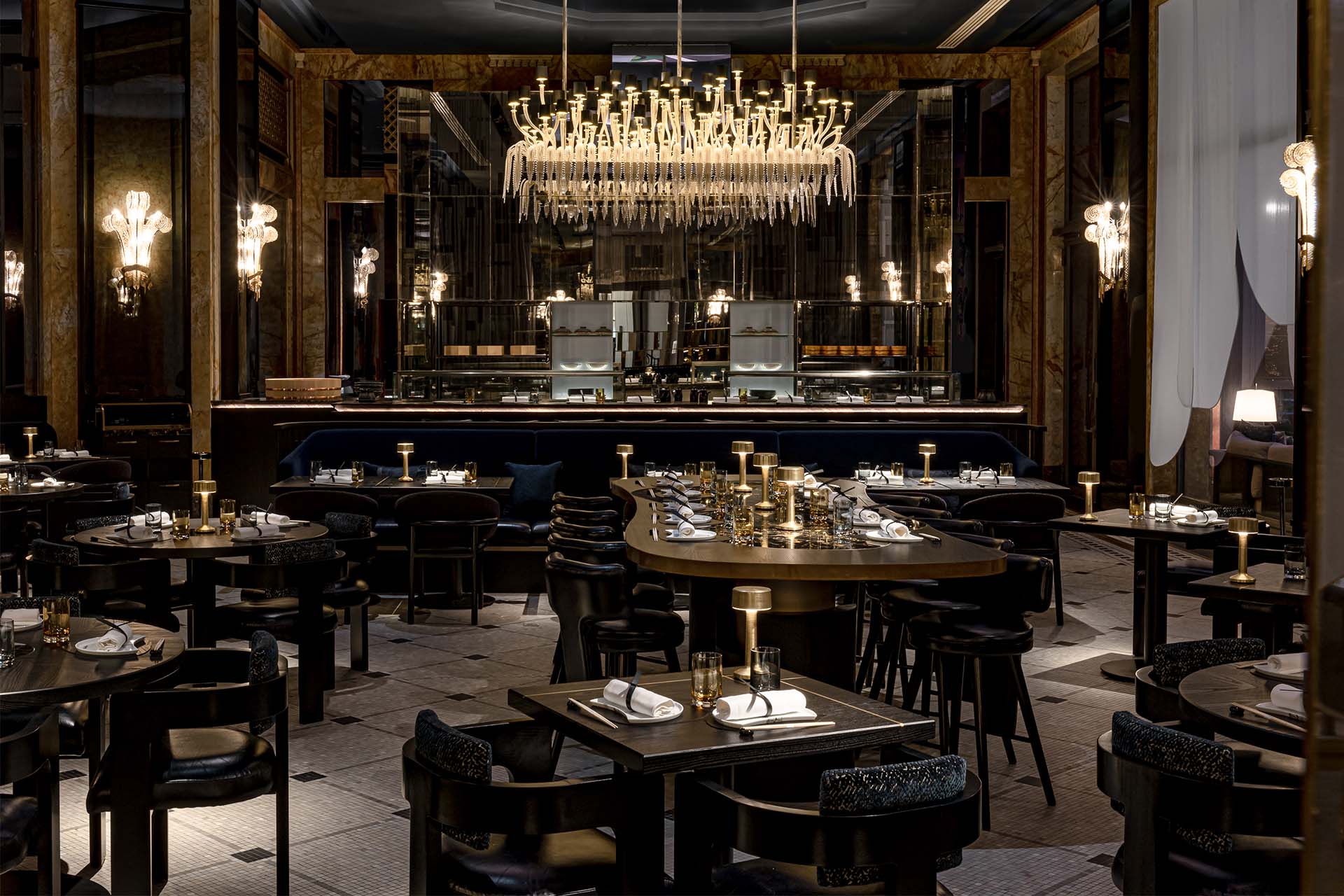
“Immersive experience” in hospitality is the equivalent of a specific word, that is absorption. It means being absorbed in an experience. It is, from the studio’s point of view, designing in a comprehensive and engaging way. This design method has always been part of the philosophy of Blacksheep, which has always taken care of every single element with which the guest comes into contact in order to enhance the communication between the brand and the guests. When I opened the business about twenty years ago I felt that my role in the projects was limited, and I knew I had to go above and beyond this limit. In this, however, I was lucky because of the relationships I established with the owners of the structures, who often asked me opinions on aspects that did not concern me directly, such as uniforms or the graphics of the menus. And I often pointed out that these details were not aligned with the brand experience.
Several years have passed and today most brands are still looking for a perfect and coherent narrative. No matter what it is, it has to be about every facet of the brand experience. And if there is a gap or inconsistency here, then you are not communicating the brand experience and you are destined to remain behind. Several brands believe they offer an immersive experience, when in fact they do not. In the digital field, for example, significant developments are taking place, the importance of which is no less than the physical sphere. By merging the digital and the physical you can achieve something really exciting, an immersive experience at three hundred and sixty degrees. Yet many still see them separately. When we ask our customers about the manifestation of their digital experience, we are often told that this is already set. Well, for us designers that aspect must be solved in a way consistent with the physical side, otherwise you cannot really talk about immersive experience.
